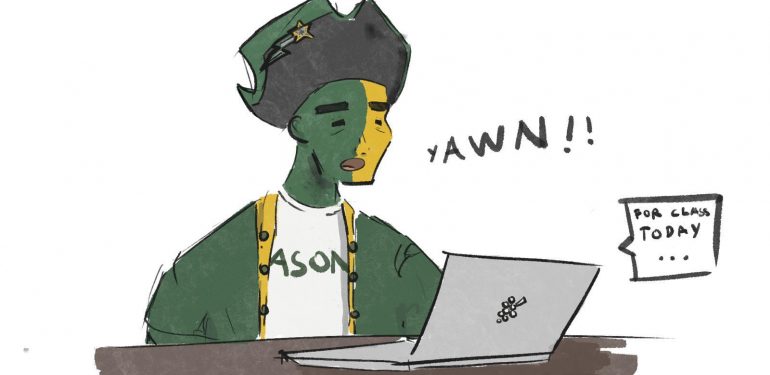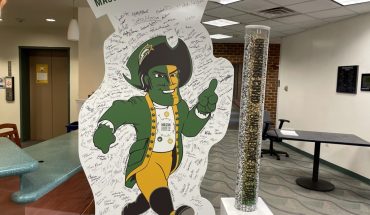BY LUKE HARRIS STAFF WRITER
Online schooling is reaching its breaking point. Last fall, roughly half of grade school students began experiencing the trials and tribulations of learning on the computer. This spring, that trend is set to hold course as America keeps most learning virtual.
Although vaccinations are increasing optimism in a weary country, new virus variants mean we may still have a long way to go. Relaxing restrictions too soon may send us back to a place that we don’t want to be in. This amplifies the pain educators and their students are experiencing as they are stuck in places they don’t want to be: their homes.
Various testimonials from high school students showcase the struggles that online school brings. The increased distractions make it hard to focus. The virtual wall makes it hard to reach out for help when confused on a topic. The lack of friends hinders the development of social skills. The inconsistent quality of internet connections make it hard to keep up with the class.
The frustration of college students grows as they pay full tuition for a virtual education they never desired. The disappointment of not being able to participate in homecoming, prom, extracurriculars and graduation leaves students feeling like major milestones have been stolen from them.
Teachers and parents have expressed their frustrations with virtual education. More importantly, they worry about how far behind students are falling. Their worries are proving to be reasonable.
Last year, students fell way behind academically, only making the desire for in-person learning much more urgent. Our politicians may announce sweeping plans for reopening schools, but COVID-19 usually sweeps away those plans fairly quickly.
Unlike in online school, I can’t just use Google to find the answer. But thanks to online school, I know what the answer isn’t. Hindsight is 20/20, so let’s take a look at the mistakes we need to leave behind in 2020.
Education wasn’t prioritized like it should have been. It’s weird to open bars, but not schools. It’s weird to open movie theaters, but not schools. It’s weird to open bowling alleys, but not schools. The message that sends to the public is clear: Businesses matter more than education.
Most importantly, if 2020 taught us anything, it’s that COVID-19 won’t be beaten if we can’t have honest, nuanced conversations. Last summer, polling found that most parents desired a mix of in-person and online schooling.
Instead, we were welcomed by a storm of false dichotomies that led to more polarization. There was an “open all schools” side and a “don’t open schools at all” side. It’s time to end that binary.
The CDC has listed comprehensive guidelines on how to operate schools. More funding for schools to accommodate safety regulations appears to be on the horizon. If that isn’t enough, Dr. Fauci is on board for progressing towards reopening too.
Caring about how we educate students doesn’t have to be binary. We don’t have to force people back to class if they don’t feel safe. More importantly, we don’t have to force people back to class if it actually isn’t safe. But settling for all-virtual can’t be the answer any longer.
The conversation about reopening safely should have started a long time ago. Admittedly, a lot of my desire for in-person schooling comes from a concern that I’m going to graduate from George Mason without ever having stepped foot on campus. I transferred into Mason from NOVA right as everything shut down. I’m set up to graduate this fall, but there’s a strong possibility things will be virtual again.
I’m worried that I’ll be applying to jobs with George Mason on my resume without ever getting to know what it feels like to be a Patriot.
Safety comes first. If it isn’t safe for in-person learning this fall, then I’ll understand. But it would be nice to learn in the presence of others again — even if that presence is six feet apart in a face mask.



